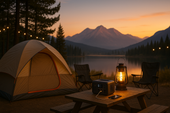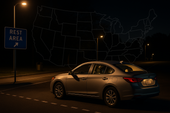Portable Power Setup Guide for Picnics, Fishing, and Road Trips
ZacharyWilliamPlan your outdoor adventures with the right portable power station. This expert guide covers device needs, wattage recommendations, solar charging, and practical tips.
Introduction
Outdoor trips are meant for relaxation, not worrying about dead batteries or spoiled food. A portable power station ensures you have the electricity needed for phones, lights, mini fridges, and even cooking devices. This guide provides practical configurations for picnics, fishing trips, and road journeys, based on real-world wattage requirements and user scenarios.

Why Portable Power Matters Outdoors
Modern outdoor activities often require constant power. From navigation apps to CPAP machines, electricity is a necessity. Portable power stations are superior to gas generators because they are silent, safe, and eco-friendly. Using lithium iron phosphate (LiFePO₄) batteries, many stations last over 3,000 charge cycles—ensuring years of reliability. A recent outdoor survey showed 58% of campers consider portable power essential gear, ranking just below tents and coolers.

Picnic Power Setup
For picnics, portability is key. Most families need to charge smartphones, tablets, Bluetooth speakers, and small fans. These are low-consumption devices but can still cause frustration if left without power.
- Recommended Output: 200–400W
- Battery Size: 200–300Wh
- Devices Supported: 20+ phone recharges, 6–8 hours of speaker use, LED lights for the evening
Expert Tip: Keep the station in shade to reduce overheating, and use USB-C fast charging ports for faster device turnaround.
Fishing Trip Power Setup
Fishing requires power for both comfort and utility. Portable fridges, fish finders, aerators, and floodlights can all run off a mid-size station. A cooler at 50W can run for ~10 hours on a 500Wh unit—perfect for keeping your catch fresh all day.
- Recommended Output: 500–800W
- Battery Size: 500–600Wh
- Devices Supported: 12V fridge, GPS fish finder, LED lights, inflator pumps
Pro Tip: Choose water-resistant designs and pure sine wave inverters for stable current. This prevents damage to sensitive equipment like sonar systems.
Road Trip & Car Camping Setup
Road trips mean extended power needs: laptops, cooking gear, CPAP machines, and even mini projectors. Without sufficient power, comfort and health can be compromised. A high-capacity station ensures multiple devices can run simultaneously.
- Recommended Output: 800–1500W
- Battery Size: 1000+Wh
- Devices Supported: Coffee maker (~600W), laptop (60W), CPAP (~40W), projector (120W)
For a 3-day trip, expect to need solar panel recharging. Pass-through charging (using while recharging) ensures uninterrupted usage.
Solar Panels & Charging Options
Solar panels extend your independence outdoors. A 100W panel may recharge a 300Wh station in 4–6 hours, while a 200W array can recharge a 1000Wh unit in ~6–7 hours under strong sunlight. Always tilt panels at ~30–40° for best efficiency and avoid shaded areas.
Expert Insight: Parallel solar panel setups can double input wattage, cutting charge times in half—ideal for longer trips.
Quick Comparison Table
| Scenario | Typical Devices | Recommended Output | Battery Capacity |
|---|---|---|---|
| Picnic | Phones, speakers, LED lights | 200–400W | 200–300Wh |
| Fishing | Fridge, fish finder, aerator, lights | 500–800W | 500–600Wh |
| Road Trip | Laptop, coffee maker, CPAP, projector | 800–1500W | 1000+Wh |
Safety & Maintenance
- Recharge when below 20% to extend battery lifespan.
- Store in cool, dry conditions—heat shortens battery life.
- Use compatible chargers and avoid third-party knockoffs.
- Run monthly charge cycles if in storage.
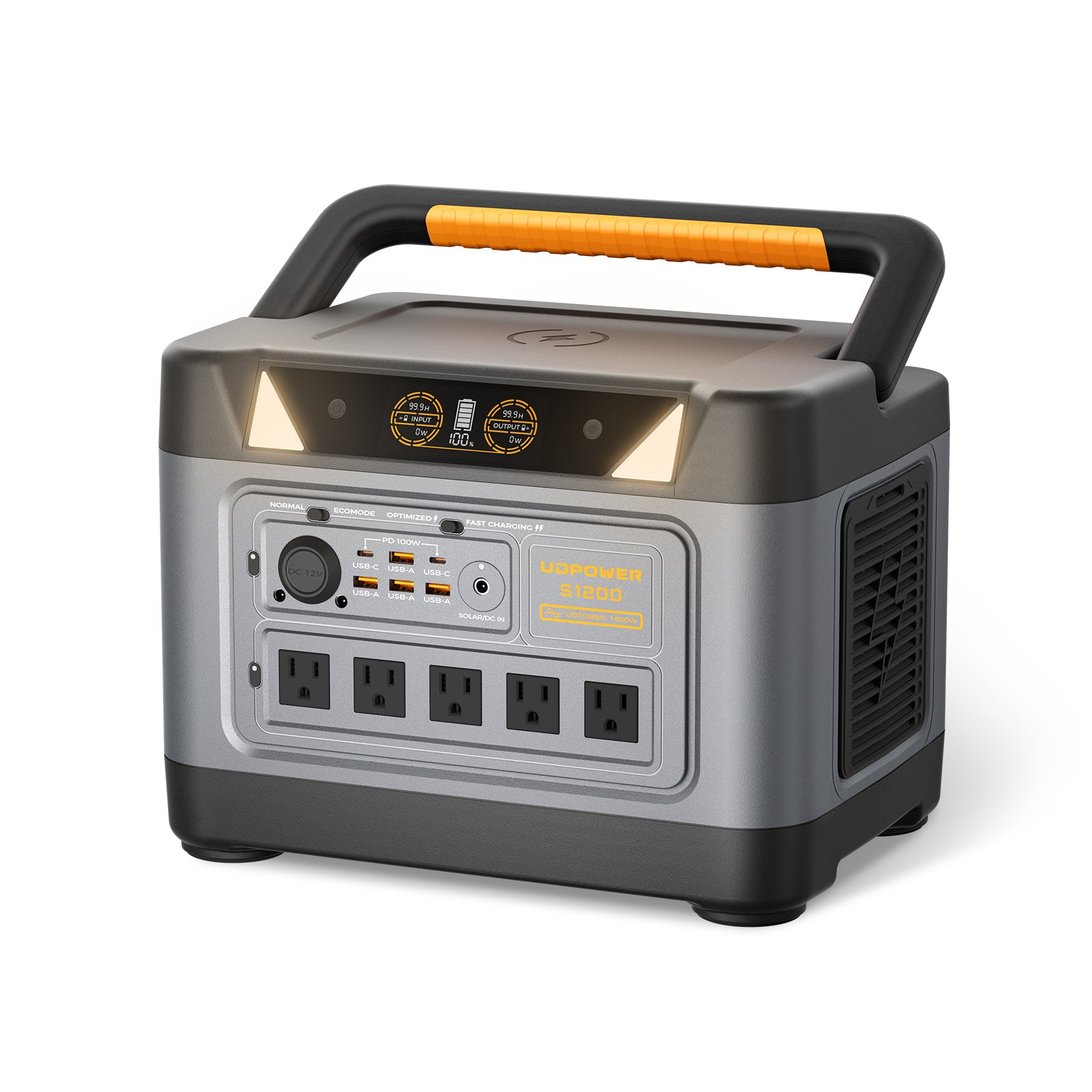
UDPOWER S1200 Portable Power Station
With 1190Wh capacity and 1200W output, the UDPOWER S1200 is perfect for road trips, fishing, and family picnics. Lightweight, solar-ready, and designed with safety in mind, it ensures reliable power wherever you go.
Shop NowFAQs
1. How long can a portable power station run a mini fridge?
A 500Wh station can run a 50W mini fridge for around 8–10 hours. Larger units like 1000Wh+ can extend runtime to 20 hours or more.
2. Do I need solar panels for short trips?
No, for one-day outings a built-in battery is enough. Solar panels are recommended for multi-day road trips, fishing, or camping to ensure continuous power.
3. Can I run fishing aerators and fish finders with a power station?
Yes. Aerators typically draw 10–20W, and fish finders 20–50W, which even mid-size 500W stations can handle comfortably.
4. What power do I need for a 3-day road trip?
At least 1000Wh with solar recharging. If using cooking appliances or CPAP machines, 1200–1500W output is safer.
5. What’s the difference between W and Wh?
Watts (W) measure how much power a device uses at one time. Watt-hours (Wh) measure battery storage, showing how long the station can power your devices.
6. Can a portable power station charge while being used?
Yes, many support pass-through charging, meaning you can charge the station (via wall or solar) while it powers devices.
7. Are portable power stations safe indoors?
Yes. Unlike gas generators, they emit no fumes and are silent. Just ensure proper ventilation and avoid covering the unit to prevent overheating.
8. How do I know what size power station I need?
Add up the wattage of all devices you plan to use simultaneously, then choose a station with at least 20–30% higher output to prevent overload.
9. Can a power station run medical devices like a CPAP machine?
Yes, most CPAP machines use 30–60W. A 500Wh station can run one overnight for 8–10 hours. For multi-night use, choose 1000Wh or add solar panels.
10. How long does it take to recharge a portable power station?
Wall charging usually takes 1.5–6 hours depending on size. Solar recharging depends on sunlight—e.g., a 200W panel can recharge a 1000Wh unit in 6–7 hours of full sun.
11. Do portable power stations lose charge in storage?
Yes, they slowly self-discharge. Most retain 80–90% after three months. Recharge every 3–6 months if not in use to maintain battery health.
12. What’s the lifespan of a portable power station?
LiFePO₄ battery models last 3000+ cycles (about 8–10 years of regular use). Proper care—avoiding full discharge and overheating—extends lifespan further.
Final Thoughts
Portable power is no longer a luxury—it’s a necessity for modern outdoor living. Whether you’re enjoying a picnic, casting lines at dawn, or camping under the stars, the right configuration ensures comfort and safety. By evaluating wattage, capacity, and charging methods, you can select the setup that fits your lifestyle. With UDPOWER, you’ll always have the energy to empower life, anywhere you go.
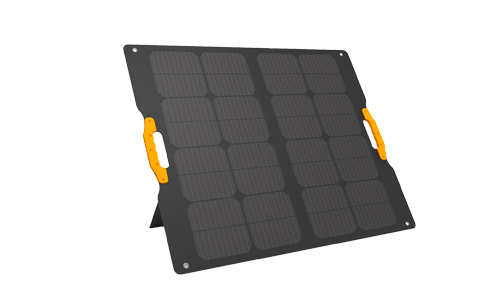
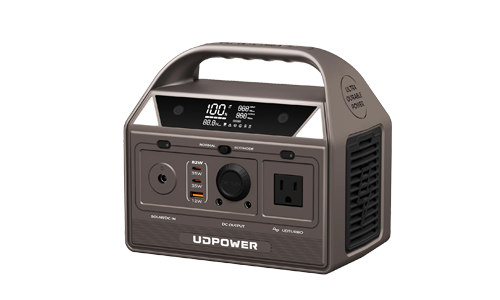
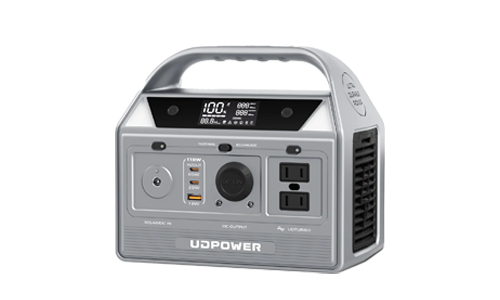
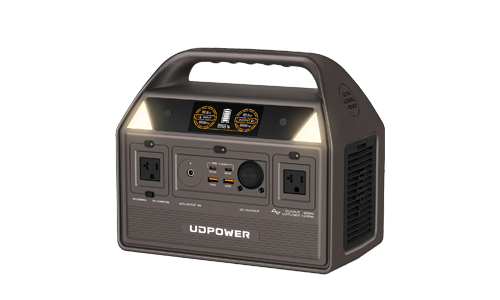
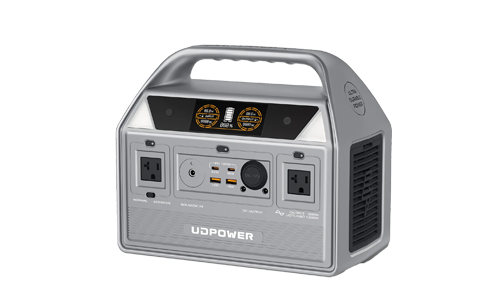


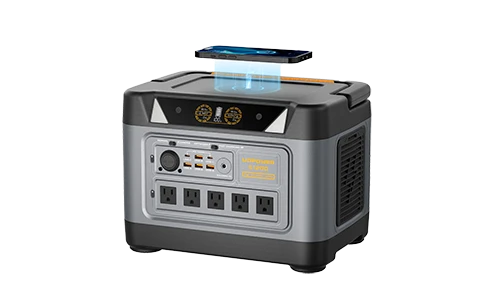
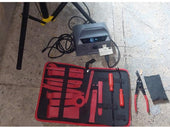
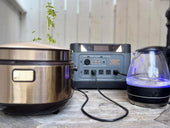
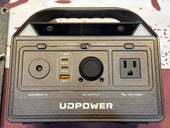
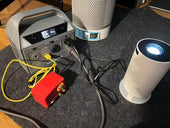
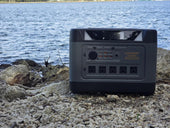
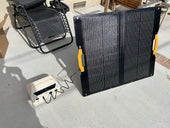
















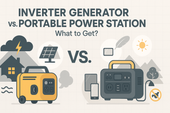
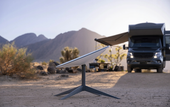



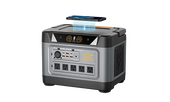







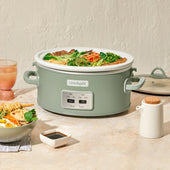






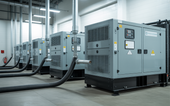
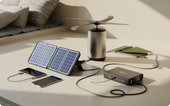
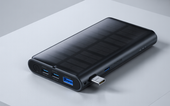
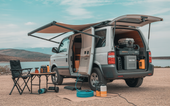

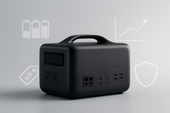







![How to Live In The Woods [Complete Guide]](http://udpwr.com/cdn/shop/articles/Off-Grid_Cabin_Option_f6c94fe7-1ae7-4c3a-baf5-ed9fe684c832.png?v=1763523215&width=170)


